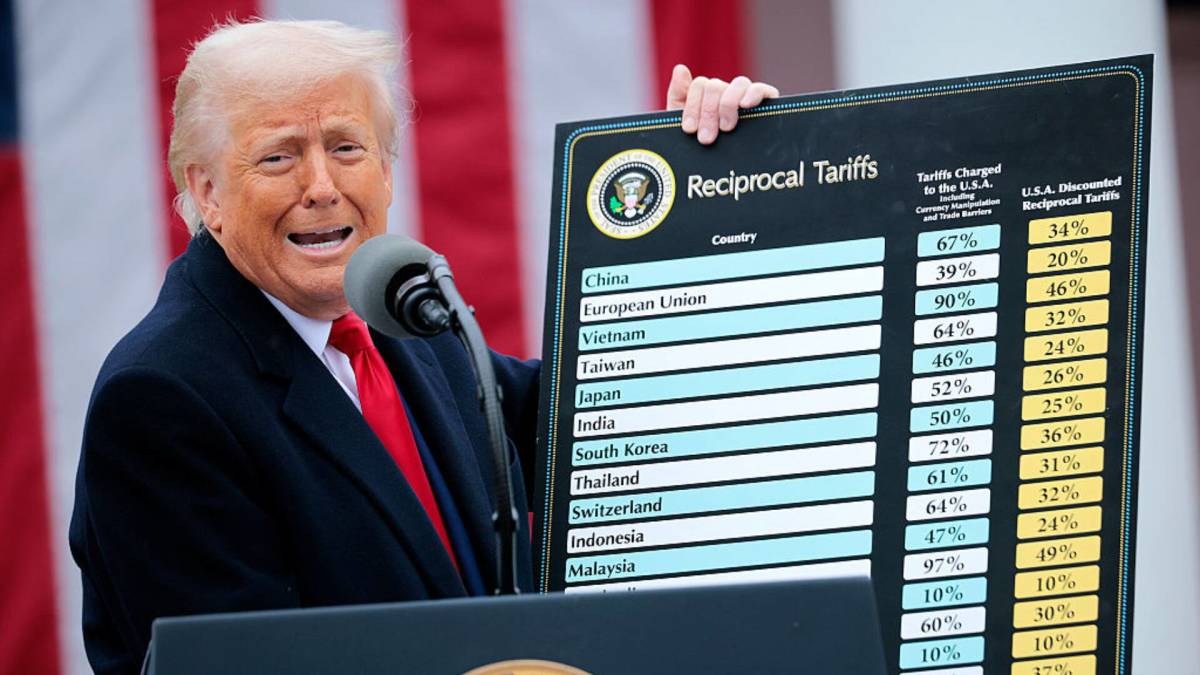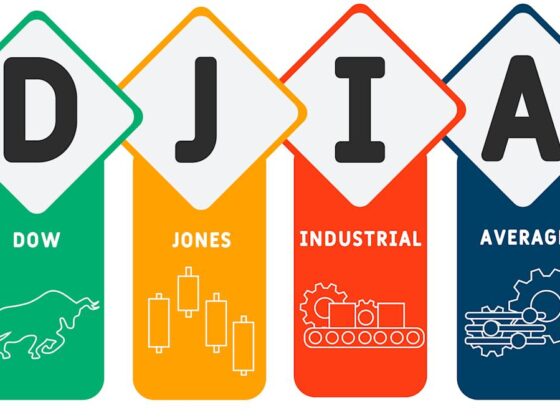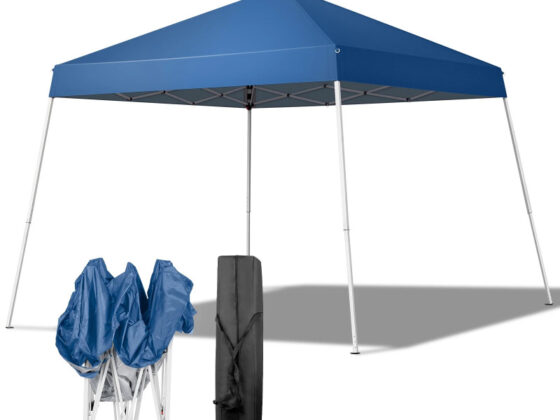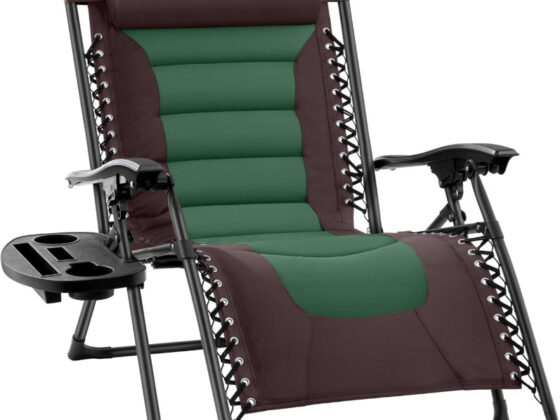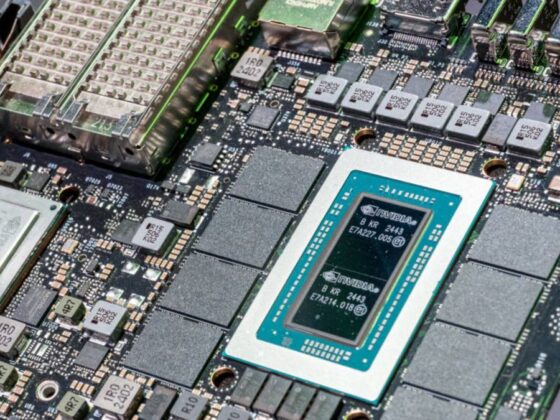President Donald Trump promised “liberation” when he officially debuted his tariff plan in April.
Manufacturers and importers had been speculating for months about the tariffs' appearance, with the best-case scenario being that they would be “reciprocal.”
However, those best-case scenario fantasies soon evaporated as the U.S. escalated the trade war, eventually imposing 150% tariffs on Chinese imports.
Related: EU and US automakers both lose big in latest tariff deal
Middle-market or midsize firms, commonly defined as companies with annual revenues between $10 million and $1 billion, import 21% of their goods from China and account for a third of all U.S. private-sector employment and revenue, according to a recent JPMorgan note.
Thankfully for those businesses, and the U.S. economy as a whole, the U.S. and China recently gave themselves another 90-day extension to continue negotiating a tariff deal.
Luckily for the president's agenda, the public initially seemed to be on his side.
A consumer sentiment report from Bloomberg-Harris showed that 72% of adults surveyed in March, about a month after the tariffs were implemented, were concerned about tariffs. However, “most are blaming businesses for price hikes over policymakers,” according to Harris Poll CEO John Gerzema.
However, while importers have paid an additional $55 billion in tariffs this year, they have so far refused to pass along those costs.
As more trade deals are announced, that practice is expected to end, and the true cost of the tariffs will likely to be passed on to consumers.
Manufacturers are especially vulnerable to tariffs
While many people have commented on the effects of tariffs on small businesses and consumers, manufacturers have been left out of the conversation.
But a new report shows that while tariffs are designed to spur domestic manufacturing, that industry may be the most exposed to the downside of tariffs.
“Our analysis finds that U.S. manufacturing industries are clearly more exposed to tariffs on intermediate inputs compared to other U.S. industries, undermining a key Trump administration argument about the effectiveness of tariffs,” study author Christopher Bangert-Drowns said.
“Manufacturing industries — including the politically and economically sensitive vehicle production sector — will face increased input costs imposed by the very tariff regime intended to boost their competitiveness with imported final goods (finished cars, in the vehicle production example).”
Related: Another automaker is forced to shift strategy due to tariffs
According to the report, manufacturing is likely the most vulnerable industrial category. Of the top 25 subsectors of the U.S. economy, 19 are in manufacturing.
Most manufacturing industries are facing cost increases of between 2% and 4.5%.
The repair and maintenance industry, which includes auto repair, is also vulnerable.
Construction, repair and maintenance, and manufacturing are all considered upstream in the U.S. economy, meaning their output is often used as input for other industries downstream.
Nearly 13 million people are employed in manufacturing, representing 1 in 10 U.S. workers.
Workers in midwestern states are especially vulnerable to the tariffs as manufacturing and other tariff-exposed industries make up between 15% and 20% of all jobs in states like Minnesota, Nebraska, Kansas, Louisiana, Texas, Oklahoma, Wisconsin, and Indiana.
There could be political fallout as well if things get too bad.
“These high tariff costs could put pressure on many workers and their families in these politically important states, where votes on the margin have swung elections for one candidate or another in recent elections,” Bangert-Drowns said.
China is the biggest tariff negotiation still on the table
The Trump administration has come to preliminary terms with Japan and the European Union in recent weeks.
But the U.S. still doesn't have an agreement with China, our largest trade partner.
The U.S. economy has paid the price as a result.
Real gross domestic product decreased at an annual rate of 0.2% in the first quarter, according to the U.S. Bureau of Economic Analysis. This is a steep reversal from the 2.4% GDP growth in the fourth quarter.
The decrease in GDP was due to increased imports during the quarter, as merchants did all they could to avoid President Trump's tariffs before they went into effect, and a deceleration of consumer spending.
Despite that deceleration, consumer spending and gross private fixed income rose 2.5% in the quarter, revised down from a 3% estimate.
Meanwhile, gross domestic prices increased 3.3% as personal consumption expenditures increased 3.6%.
Related: Tariff repeal couldn't come at a better time for US businesses

